Spring is here — and with it comes the irresistible lushness of new grass.
But while many of us celebrate the end of muddy paddocks and hay-stuffed stables, spring grass isn’t always good news for our equine companions. Here’s what every horse owner should know to keep their horse safe, healthy, and happy.
1. 🌱 Spring Grass = A Calorie Bomb
Ponies in particular can consume up to 5% of their bodyweight in grass (dry matter) daily when turned out full-time. That means a 250kg pony might be munching through over 12kg of grass — more than four times their daily energy needs! This is like feeding them half a bag of conditioning cubes… daily.
💡 Tip: Consider using a grazing muzzle to slow intake for easy-keepers.
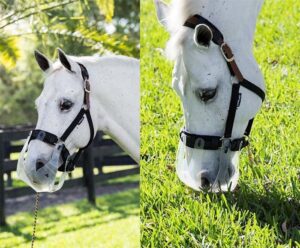
2. 🧪 The Sugar Trap: Water Soluble Carbohydrates (WSCs)
Spring grass contains high levels of sugars, including simple sugars like sucrose and fructans, which are stored in the stems. These sugars can trigger laminitis, colic, and metabolic issues, especially in native breeds and those with EMS.
🔗 Want to check WSC levels in your forage? Check out Forage Plus Analysis options here.
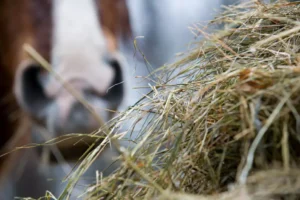
3. 🔄 WSC Levels Fluctuate… Constantly
The sugar content in grass varies by the hour! Factors such as:
-
Temperature
-
Soil health
-
Sunlight
-
Grass species
-
Rainfall
…all affect WSC levels. Even so-called “low sugar” grasses like timothy or cocksfoot can reach 20% WSC under certain conditions.
🧭 Sun + cold nights = sugar spikes.
4. 📊 How Much Sugar is Your Horse Actually Eating?
Let’s crunch it:
-
Up to 15% of grass (dry matter) may be simple sugars.
-
A 250kg pony could consume nearly 2kg of sugar per day.
-
Add in fructan and you’re looking at 4.5kg of WSCs.
🍬 That’s more sugar than in a whole chocolate cake!

5. 🌛 Is Night Grazing Safer? Not Always
It’s true that WSC levels tend to drop overnight, but that’s only if:
-
Night temps are consistently above 5°C
-
Grass is actively using sugars for growth
On frosty spring nights, sugar levels can remain high due to lack of growth and return of sunlight the next morning.
⚠️ Laminitis risk can actually peak after frosty mornings.
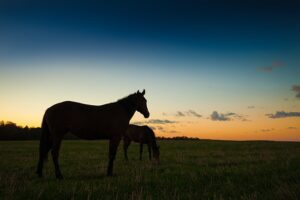
6. ❄️ Beware of Sunny Frosty Mornings
Cold nights followed by sunny mornings = danger. Why?
-
Grass doesn’t grow in the cold
-
Sugars accumulate
-
Morning sunlight boosts photosynthesis and sugar production
🌡️ Always check overnight temperatures before turning out laminitic-prone horses.

7. ⏳ Short Turnout May Backfire
A few hours of turnout might seem safe… but horses learn to binge.
Studies show ponies can eat 1% of body weight in 3 hours — that’s about two-thirds of a weight-loss diet’s daily forage allowance!
🕒 Restrict time + use muzzles or bare turnout when possible.
8. 🛡️ Do Grazing Muzzles Work? Yes — But Use with Care
Grazing muzzles can reduce intake by up to 80% during short turnouts and help slow weight gain if used correctly. But remember:
-
Never leave them on 24/7
-
Monitor for frustration or dental wear
-
Combine with stabling or grass-free turnout
👩⚕️ Book regular checks with your equine dentist or vet. View Veterinary Services Near Me
9. 🚫 Laminitics Might Need Full Grass Removal
Some horses need a zero-grazing strategy. Consider:
-
Bare paddocks or woodchip turnout
-
Soaked low-WSC hay
-
Hay replacers low in sugar & starch like Thunderbrook Healthy Herbal Chaff
📞 Call your vet or nutritionist before making dietary changes.
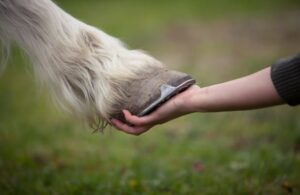
10. 📚 Learn to Read the Grass — And Your Horse
Know your pasture. Know your horse. Monitor:
-
Body Condition Score (BCS)
-
Digital Pulse
-
Any signs of foot sensitivity or stiffness
🌱 Get pasture tested with labs like Sciantec or D&H Forage Services.
📋 Use the BHS Laminitis Tracker to stay on top of risks.
💬 Final Thoughts
Spring grass can be your horse’s best friend — or its worst enemy. As the seasons change, lush new growth brings nutritional benefits but also serious risks, including laminitis and sudden dietary imbalances. With the right knowledge, planning, and pasture management strategies, you can make the most of spring turnout while keeping your horse happy and healthy.
💡 Related Resources

Welcome to Sell Your Horse, a platform dedicated to connecting equestrians with each other, making horse buying and selling easier and more transparent. With a focus on technology and community-building. My mission is to help like-minded equestrians find the right connections, share knowledge, and build a trusted equine network.


 Featured Listings
Featured Listings
 Adverts
Adverts
 Horses For Sale
Horses For Sale
 Tack & Equipment
Tack & Equipment
 Horseboxes & Trailers
Horseboxes & Trailers
 Equine Properties
Equine Properties
 4x4 Vehicles
4x4 Vehicles
 Horses For Loan
Horses For Loan
 Horses Wanted
Horses Wanted
 Stallions at Stud
Stallions at Stud
 Equine Services
Equine Services
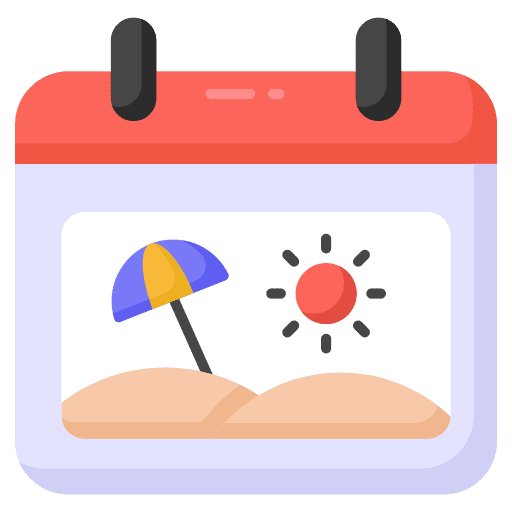 Riding Holidays
Riding Holidays
